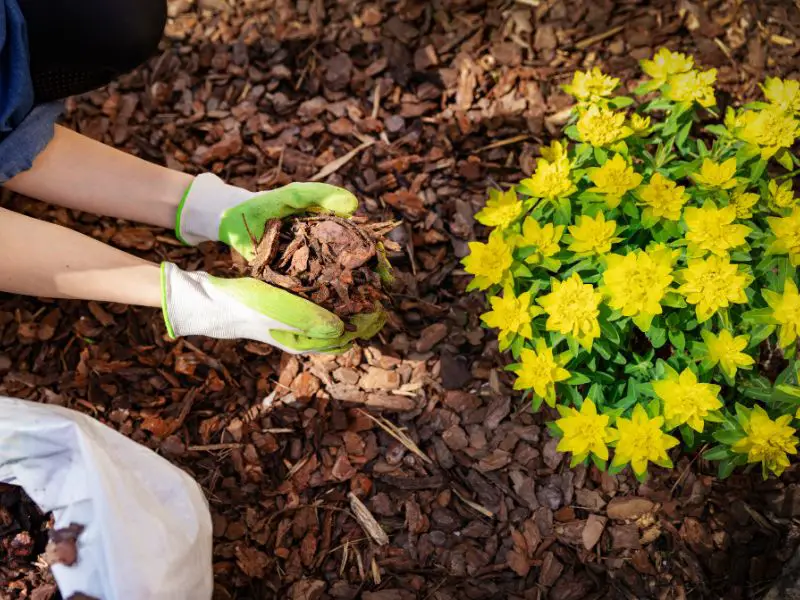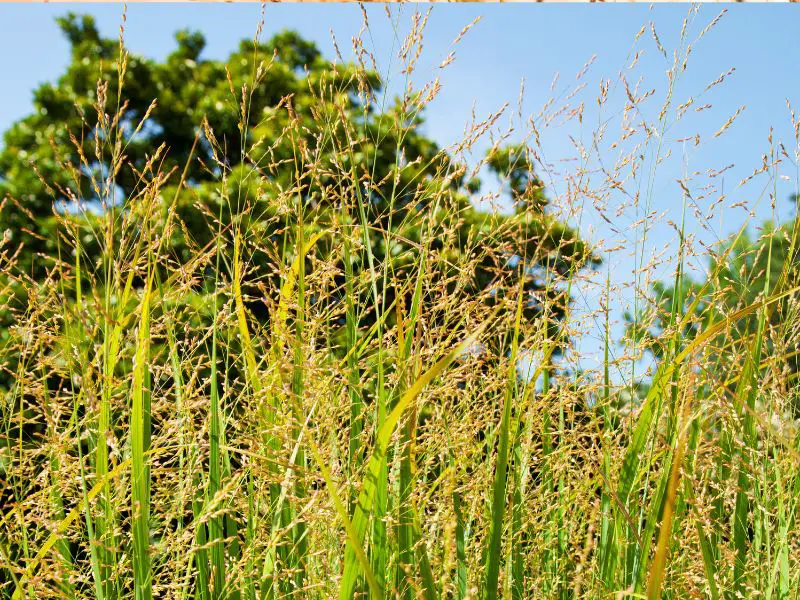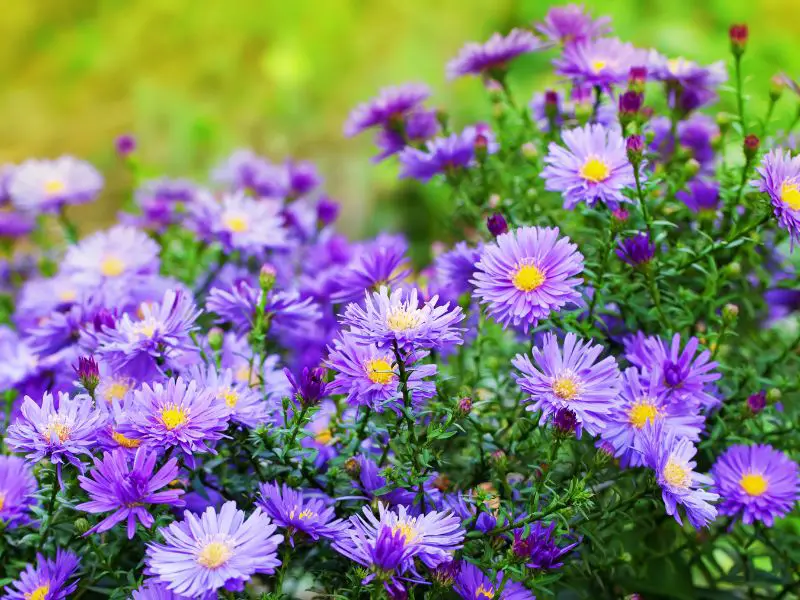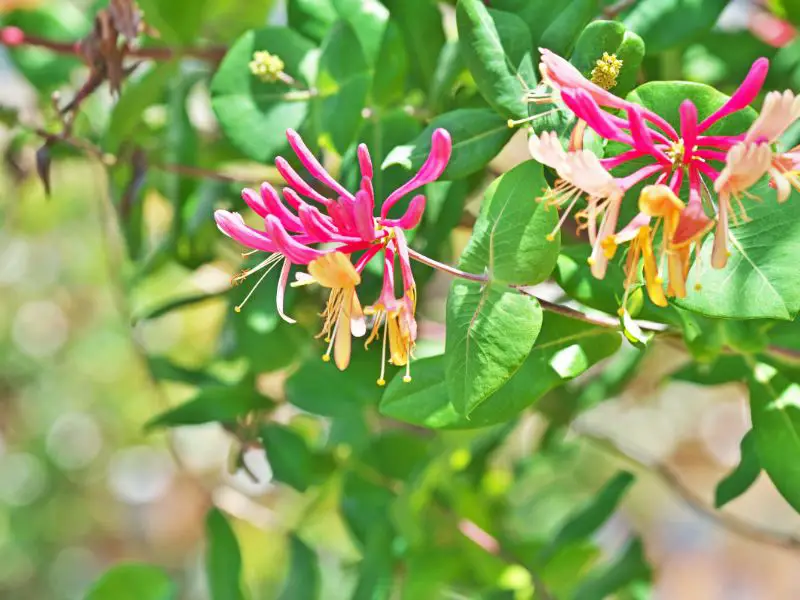Having a garden is all about using resources wisely. One way to do this is by creating a water-wise garden. A water-wise garden offers many benefits, such as reduced water consumption, improved sustainability, and flourishing plant growth. This article will discuss the basics of setting up a water-wise garden, including preparation, plants and design tips, and more. Let’s go!
What Is a Waterwise Garden?
Water-wise gardens are the gardening superheroes – they save water through smart strategies and use drought-tolerant plants adapted to the local climate. They’re environmentally friendly and becoming increasingly popular in areas with water scarcity or restrictions. Plus, they’re a practical way to make your yard look amazing.
The Principles of Waterwise Garden
Water-wise gardens are not only aesthetically pleasing, but they also require careful planning to ensure optimal performance. To achieve this, here are some key goals to keep in mind:
- Efficient Use of Water-Resilient Plants
- A well-designed water-wise garden will avoid using thirsty plants, mainly grass, and instead incorporate drought-tolerant species that require less irrigation. These plants can withstand dry conditions and reduce the need for hand-watering or irrigation. Many beautiful and diverse water-wise plants make it easy to create a sustainable and visually appealing garden.
- Strategic Use of Mulches and Aggregates
- Mulching is a common water conservation technique involving adding a layer of organic matter, such as bark or leaves, to the soil surface. Mulch helps retain moisture in the ground and prevents the growth of thirsty weeds, which can compete with your plants for water. Another effective method is using aggregate river rock or gravel, which adds contrast, color, and texture to your garden while also helping to suppress weeds and retain ground warmth.

- Eliminating the Need for Irrigation
- A water-wise garden can significantly reduce the need for irrigation by utilizing drought-resistant plants and minimizing lawn space. However, plants still require some watering to thrive, which can be achieved by collecting rainwater using rain barrels or cisterns. Rainwater is free, unchlorinated, and clear, making it an excellent water source for your garden during dry periods.
Principles of Water-Wise Garden Design
When designing a landscape, keep in mind these essential principles:
- Balance
- Create symmetry with identical materials on either side or asymmetry with different elements to achieve informal equilibrium.
- Unity
- Group plants in 3, 5, or 7 for a cohesive look. Consider grouping by color, texture, or form, but be bold and add some variety for interest.
- Rhythm
- Repeat colors, textures, or plant forms to guide the eye through the landscape and create a sense of continuity.
- Accent
- Use balance and rhythm to lead the eye to a focal point, such as a building, large tree, or bed of flowers. This is also known as dominance.
Waterwise Gardening Tips
Creating a water-wise garden is an innovative and sustainable choice to benefit your wallet and the environment. By incorporating these goals into your garden design, you can create a beautiful, thriving space that conserves water and reduces its carbon footprint.
1. Feed Your Soil With Organic Matter
Soil can be a tricky thing to handle. If you have large soil particles, water will go through too quickly. On the other hand, if the soil particles are too small, water will take forever to penetrate. The answer is simple: add organic matter! This could be in the form of compost, manure, or chopped-up leaves. Organic matter helps to improve the texture of the soil and its ability to hold water. Add at least an inch of compost yearly to keep your soil happy.
2. Water Your Plants Directly
Soaker hoses are the way to go! They allow 90 percent of the water to get to your plants, while sprinklers can only deliver 40 to 50 percent. Drip irrigation and soaker hoses also help prevent weed growth and minimize water loss from evaporation.
3. Keep Your Soil Covered
A good layer of mulch, about 6-8 inches, can reduce your water needs by half. Mulch blocks thirsty weeds and reduces evaporation. Organic mulches such as shredded leaves, straw, and grass clippings retain water and increase humidity levels around your plants. You can also try inorganic mulches such as Pro Weed Mat and Coco Fiber Tree Rings.

4. Save Rainwater
Rainwater is the best thing for your plants – it’s clear, accessible, and unchlorinated. Collect water from your downspouts using rain barrels or a cistern. You can collect up to 625 gallons of water from just one inch of rain on a 1,000-square-foot roof. Use the Rainfall Harvest Calculator to determine how much water you can collect from your roof.

Discover the regulations surrounding rainwater collection. Unravel the dos and don’ts of harvesting this precious resource sustainably. Let’s navigate the legal waters together!
5. Choose Your Plants Wisely
Choose plants native to your area or a region with a similar climate. They will need less watering because they have adapted to your climate and soil conditions. For example, a plant that thrives in a rainy area will need more water in a drier climate like Colorado.
6. Go Easy on the Lawn
Turfgrass needs a lot of water and maintenance. Try planting groundcovers or low-maintenance perennials instead of a lawn.
7. Plan Before Planting
Plan your garden before planting to take advantage of natural characteristics such as sun, shade, wind, and soil. Group plants with similar water need and consider how they will get the water they need. This will save you time, money, and water in the long run.
Waterwise Garden Plants to Consider
1. Shenandoah
Switchgrasses are attractive for any garden, with their showy late-summer flower spikes and beautiful fall foliage. Moreover, they can grow in any soil type, including clay, and are especially well-suited for rain gardens. With numerous cultivars available, finding one that fits your garden’s unique style is easy.
These hardy plants are ideal for zones 4 to 9, growing 3 to 4 feet tall and 2 to 3 feet wide.
Switchgrasses require full sun and average to dry soil conditions to enjoy their full potential.

2. Raydon’s Favorite
Asters are an often overlooked but excellent choice for a water-wise garden, offering stunning late-summer and fall flowers that provide valuable nectar to butterflies and bees preparing for winter. These North American natives are an environmentally-friendly option for your garden.
One of the best choices is ‘Raydon’s Favorite,’ with its large lavender-blue flowers, mint-scented foliage, and sturdy upright growth.
It can thrive in zones 4 to 8, reaching a size of 2 to 3 feet tall and wide, and calls for full sun and average to dry soil conditions.

3. Kintzley’s Ghost
If you’re searching for an eye-catching addition to your garden, Kintzley’s Ghost® is a North American native that’s recently been rediscovered. Although less commonly cultivated than its cousin, the trumpet honeysuckle, this plant is sure to impress with its unique silver bracts that glow against waxy, blue-green foliage throughout the year.
The pale bracts surround showy yellow flowers in the spring, followed by reddish-orange autumn berries.
This plant can reach a height of 8 to 12 feet and a width of 3 to 5 feet, thriving in USDA hardiness zones 4 to 8. It wants the full sun to partial shade and can adapt to many soil types.

4. Tennessee Coneflower
Coneflowers are a treasured addition to any garden, but they typically require moister, deeper soils to thrive. However, the rare endemic coneflower is a notable exception. Found only on dry limestone outcroppings exposed to the sun and wind in its native habitat, this plant is a resilient choice for planting sites that would be too dry for other coneflowers to flourish.
Growing up to 2 feet tall and 12 to 18 inches wide, it is well-suited for USDA hardiness zones 4 to 9 and requires full sun to partial shade and average, well-drained soil conditions.

5. Gro-Low
This low-spreading shrub is an excellent large-scale ground cover that thrives in hot, dry conditions. Its small early-spring flowers may not be showy but provide crucial early-season nectar for native bees. Its glossy deep-green leaves turn brilliant burgundy-red in fall for a stunning display.
Adaptable to many soil types, including clay, it grows 2 feet tall and 6 to 8 feet wide, flourishing in full sun to partial shade.
Perfect for USDA hardiness zones 4 to 9, this shrub is a must-have for any garden that balances beauty with function.
Bottomline
Creating a water-wise garden is a sustainable and environmentally friendly choice that can lead to reduced water consumption, improved sustainability, and flourishing plant growth. By following the basic principles of water-wise garden design, including the efficient use of water-resilient plants, strategic use of mulches and aggregates, and eliminating the need for irrigation, you can create a thriving garden that conserves water and reduces your carbon footprint.
Additionally, incorporating essential design principles such as balance, unity, rhythm, and accent can help guide the eye through the landscape and create a visually stunning and cohesive layout. So, start implementing these steps and enjoy the beauty and benefits of your water-wise garden.

